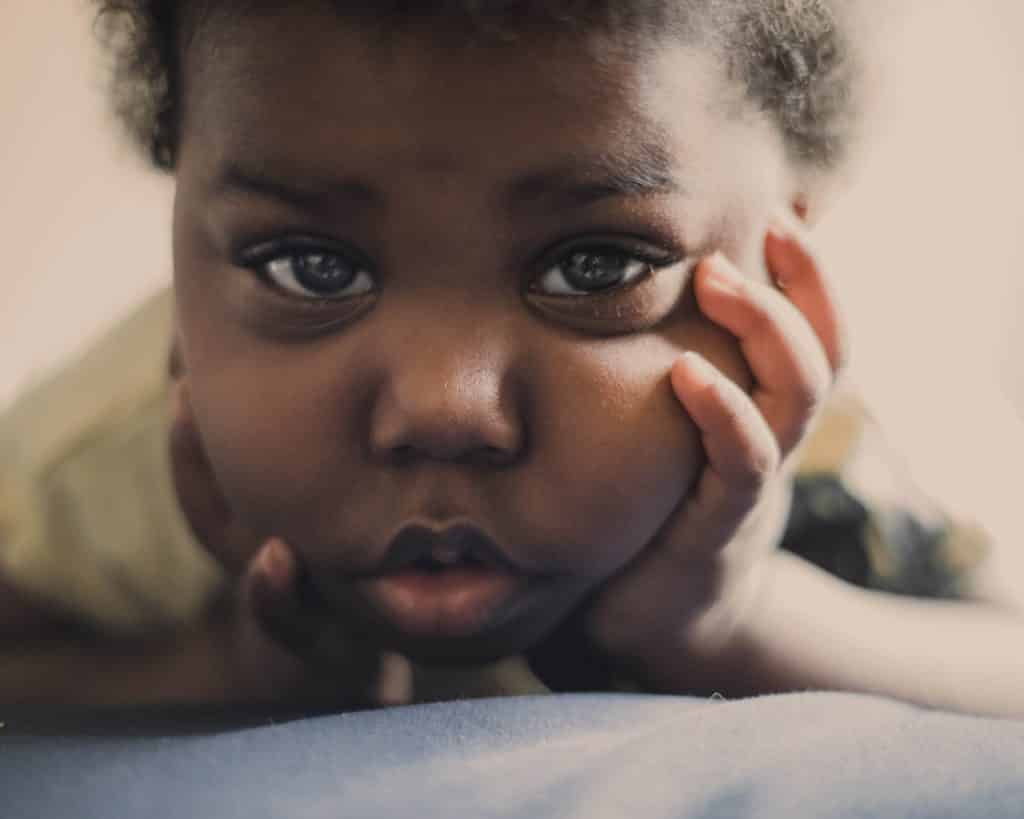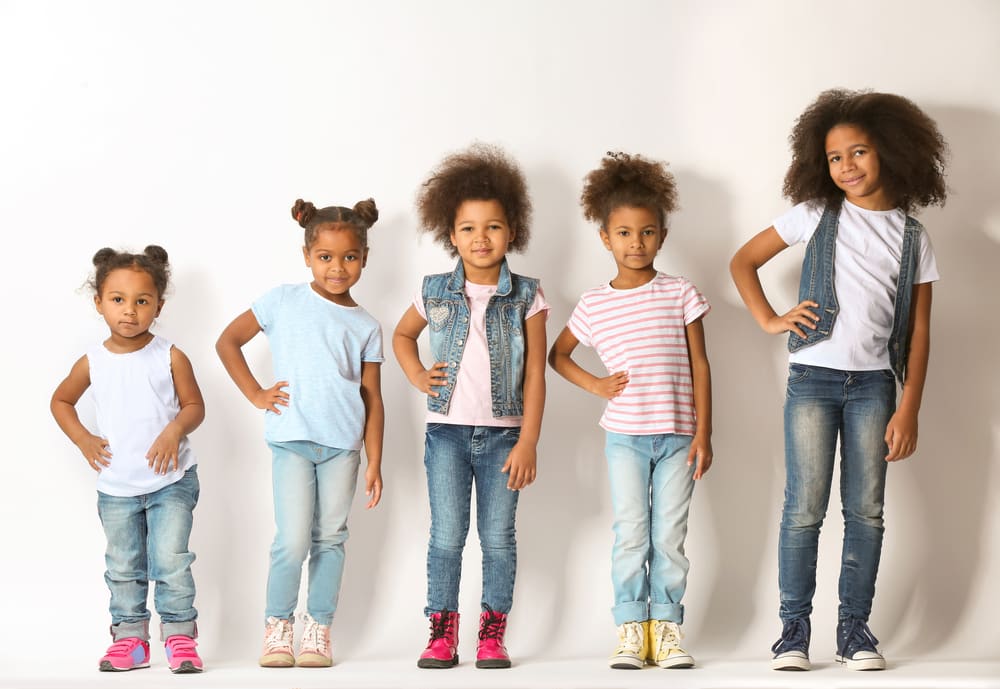What is Child Development?
Child development refers to the sequence of physical, language, thought and emotional changes that occur in a child from birth to the beginning of adulthood. During this process a child progresses from dependency on their parents/guardians to increasing independence.
Early child development sets the foundation for lifelong learning, behavior, and health. The experiences children have in early childhood shape the brain and the child’s capacity to learn, to get along with others, and to respond to daily stresses and challenges. This partly explains the role a poor state of their mother ‘s mental health plays in their cognitive an behavioural development.

Photo by Seven Shooter on Unsplash
Development Stages
Birth to 3 Months
There’s a lot going on in those first three months. While every baby develops differently and at their own pace, your baby should be stretching and kicking, grasping at things like your finger, and responding to loud noises. Also, begin to smile and visually track people and objects with his/her eyes. Learn more about when babies can start sleeping on their stomach.
4-6 Months
Now that your baby has been home for a few months, you’ll notice he or she is becoming more social and has a purpose for his/her movements. Your baby is not just discovering her hands and feet, they are also learning that they can do things, like grab hair or hold a toy. Your baby is likely sleeping longer, laughing more, squealing when she’s happy, blowing bubbles, and is more social.
7-12 Months
Your baby is starting to move around during this time and also trying to take first steps, so they are not going to sit still for long. There will be rolling over, crawling, standing, and a lot of cruising. Your baby will test his/her strength and try to pull himself up from the floor to stand against the sofa or a short table.

1-2 Years
At this age, your child is becoming aware of his/her own behavior, as well as those around. Your toddler is eager to learn, and starts communicating through words as well as facial expressions.
3-5 Years
During these pre-school years, children grow more and more independent and capable. Their natural curiosity is likely to be stimulated because their world is expanding: new friends, new experiences, new environments like daycare or kindergarten. Believe it or not, your child can also follow simple directions — whether he/she will, is a different matter — so you can give them simple chores to do around the house. She’ll enjoy helping out and thinking she’s making a big difference.
5-8 Years
Your child is learning a lot of new things, but not all children grow and develop at the same rate. Some may be faster or slower than other children their age. Despite their rapid growth and development, they still need parents and caregivers to set limits and encourage healthy habits.
References
BestStart, 2020. BestStart. [Online]
Available at: https://www.beststart.org/OnTrack_English/1-importance.html
[Accessed 10 June 2020].
CCRC, 2019. CCRC. [Online]
Available at: https://www.ccrcca.org/parents/your-childs-growth-and-development
[Accessed 10 June 2020].
HealthLine, 2019. HealthLine. [Online]
Available at: https://www.healthline.com/health/childrens-health/stages-of-child-development
[Accessed 10 June 2020].
Sense, K., 2020. Kid Sense. [Online]
Available at: https://childdevelopment.com.au/areas-of-concern/what-is-child-development/
[Accessed 10 June 2020].
Staff, H. E., 2018. Health Grades. [Online]
Available at: https://www.healthgrades.com/right-care/childrens-health/developmental-problems
[Accessed 10 June 2020].
Study.com, 2020. Study.com. [Online]
Available at: https://study.com/academy/lesson/what-is-child-development-definition-theories-stages.html
[Accessed 10 June 2020].

